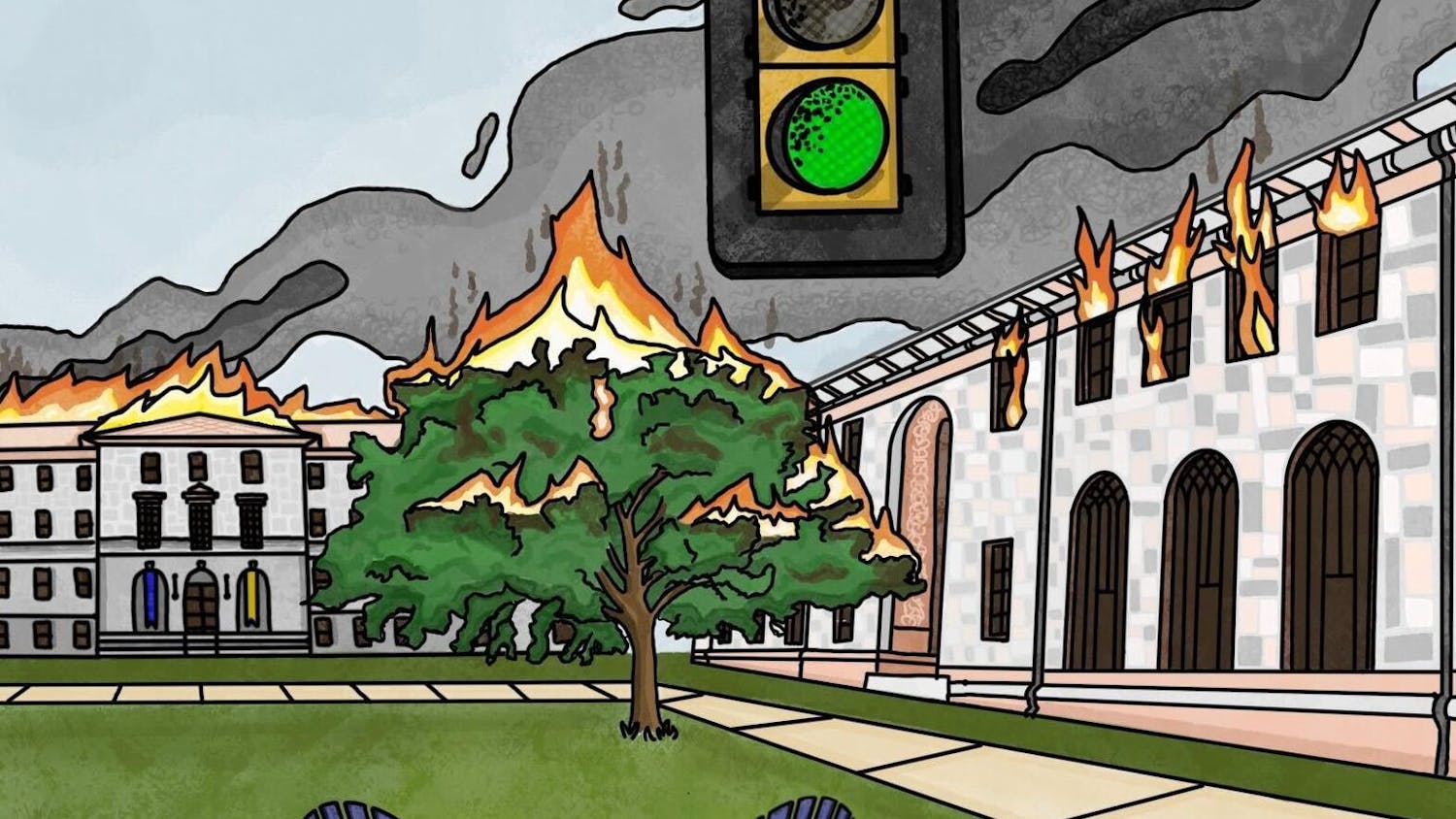
As part of its “tough on crime” initiative, the U.S. government abolished federal parole in 1987. As a result, prison turned from an institution of rehabilitation to a multibillion dollar industry that benefits from the free labor of incarcerated minorities. Since then, 16 states have eliminated parole, resulting in prison overpopulation, long sentences and mass incarceration. Reinstating parole is pivotal to ending mass incarceration, a system which thrives on imprisoning people of color for long periods of time.
The abolition of parole is rooted in racism. Parole was eradicated partially due to former President Richard Nixon’s war on drugs, when he introduced mandatory sentencing and no-knock warrants. Marketed to the public as a way to reduce drug-related crime in the country, Nixon’s actions were instead used to incarcerate the anti-war left and Black people by criminalizing minor drug offenses. Over the next few decades, political hysteria around drugs caused a rapid increase in the U.S. prison population, which grew from 200,000 in 1970 to 1.6 million in 2006. And with restricted parole, prison transformed from a place of rehabilitation to an institution that disproportionately imprisons Black people and puts them to work for their entire lives with no chance of redemption. Parole, however, can change that.
Mass incarceration relies on the idea that prison is not a place of reform, but rather a free labor enterprise designed to lock people up and use them for profit. Private prisons in the U.S. are dependent on the number of inmates they house, giving them incentive to keep people in prison for as long as possible. Parole, however, combats this exploitation by providing inmates the possibility of release. Parole shows inmates that people aren’t defined by their mistakes and gives people the chance at redemption.
As exemplified by countless stories of prisoner success, not all people serving life sentences in prison are inherently evil; many have been screwed over by the justice system and the policies that allow mass incarceration to thrive. Prisoners who prove themselves rehabilitated through good behavior and community service should not have to live out their days in tiny jail cells.
According to Raul Dorado, who is incarcerated at Illinois’ Stateville Correctional Center, “people simply age out of crime.” The Bureau of Justice Statistics confirms this, finding that arrest rates for all types of crime peak when people are in their late teens and early twenties and go down as they age. There’s a good chance that somebody locked up at 21 would not commit the same crime twenty years later, meaning inmates serving long sentences should be routinely evaluated for release. Those who have demonstrated incentive and purpose beyond the prison should be placed in front of parole boards and, if deemed fit to return to society, released.
Some states are even debating reinstalling parole to reverse the changes created by its elimination. In Illinois, Senate Bill 2333 — which would permit incarcerated people to be reviewed by a parole board after 20 years of imprisonment — might become law. About 2,500 people in Illinois have already spent at least two decades in prison and may have a chance at release if the bill passes.
Advocacy groups should follow the lead of the Stateville Correctional Center debate team and draft bills like Senate Bill 2333 that entitle all people to parole reviews. States must establish measures that set up released inmates for success, as a significant percentage of people entering state prisons are there for violating parole. There aren’t enough educational and rehabilitative opportunities available for paroled inmates, and the only way to truly reduce prison numbers is to ensure that those released can thrive on the outside. With the reintroduction of parole and rehabilitative opportunities — such as education, treatment for substance use disorders, employment preparation and cognitive behavioral therapy — incarcerated people can use their time in prison to become law-abiding members of society.
Parole works, after all. Parolees in New Jersey were 36% less likely to commit new crimes and re-enter prison than people who served their entire sentences without parole supervision. Parole is also more economical, costing Illinois $2,000 as opposed to the $22,000 required to incarcerate an inmate for a year. The benefits far outweigh the costs, but the only thing stopping policymakers from reinstalling parole is the racist legacy of the war on drugs, the dependency of corporations on cheap prison labor and a general lack of education about parole.
Many of us in the Emory University bubble don’t know anybody serving a life sentence. Few will even come close to understanding the feelings of isolation, entrapment and despair experienced by people who’ve been sentenced to life in a prison cell. Some inmates will never set foot back in their homes, won’t be there as their children grow up and their families evolve. Eventually the visitors will stop visiting and the individual will fade away until they’re nothing but a stain on a family’s history, a number in a system, a sinner who will never get redemption.
But at the University we’re taught to care about injustice. We’re told to stand up for people who are abused by the system. And the prison system, as it exists today, is full of abuse. Even though the reinstallation of parole is unlikely to affect many of our lives in any measurable way, we have a duty to advocate for it and to care for the forgotten people in state penitentiaries and private prisons, to see them as more than a workhorse churning out undergarments for Victoria’s Secret. Before they’re prisoners, they’re humans.
Sophia Peyser (25C) from Manhattan, New York.

Sophia Peyser (she/her) (25C) is from New York City, majoring in creative writing and environmental science. Outside of the Wheel, Peyser has worked as a content writer and freelance journalist. You can find her reading Sally Rooney novels or working shifts at a Brooklyn bakery.







